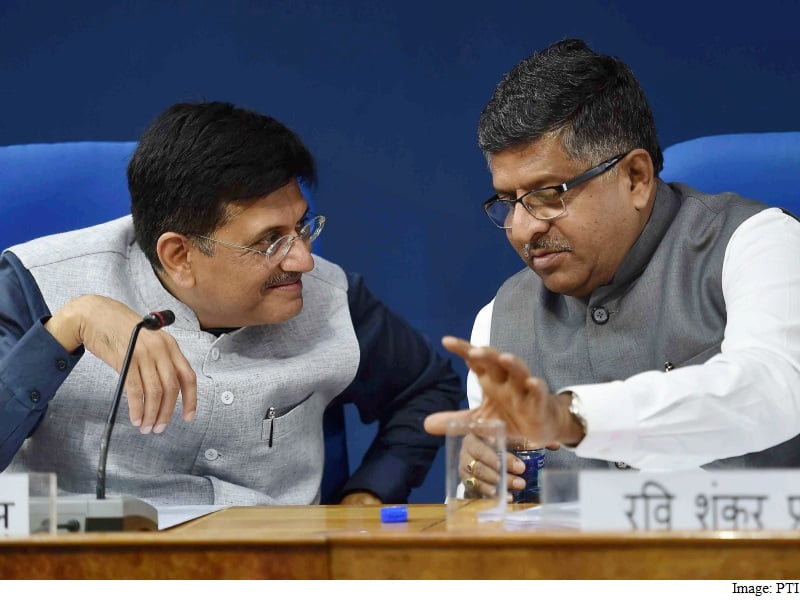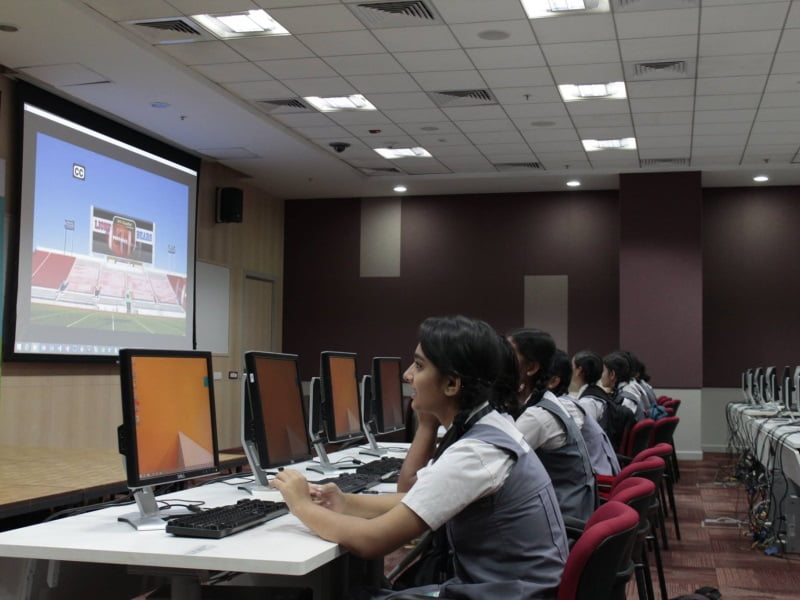 Are you planning to take a sabbatical? We’ve got you covered! From financial advice for your sabbatical to FDI in insurance intermediaries, find all the major personal finance stories of the week here.
Are you planning to take a sabbatical? We’ve got you covered! From financial advice for your sabbatical to FDI in insurance intermediaries, find all the major personal finance stories of the week here.
Credit quality woes for debt fund investors
Earlier last week, rating agency CARE came with a report on how credit quality of the companies that it rates is at a six-year low. While this data should make debt fund investors sit up and take notice, they shouldn’t be pressing the panic button. For, experts and analysts suggest that investors should not make decisions solely on such numbers. So, the Modified Credit Ratio (MCR) is defined as the ratio of upgrades and reaffirmations to downgrades and reaffirmations, is only one way to measure the pulse of the credit quality of companies. Factors such as increased capitalisation for banks announced in the budget and infusion of liquidity should bring comfort to investors. Moreover, the MCR covers a significant proportion of small and medium enterprises as well, whereas debt funds mostly invest only in large well-established businesses.
One key point to note would be to match your investment time horizon with a fund that’s meant to cater to that tenure—a very important key to make money out of your debt funds.
Do gilt funds make the cut?
Staying with debt funds, one category that has done exceptionally well in the last one year is the Gilt schemes. Mutual funds that invest in various government securities alone, delivered 12-18 percent in one year, when many categories were falling by the wayside.
Yes, they have had a good run. Yes, they don’t face credit risks. But these factors still don’t mean that you make a mad dash to load up massively on gilt funds. For one, timing could be problematic, as 10-year g-sec yields have corrected nearly 180 basis points from their peak of 8.18 in September last year. Yields and bond prices move in opposite directions. Investors coming in now may end up putting in their money at or near the peak.
Lowering of interest rates by 75 basis points in the last six months and inflation being under a tight leash have meant falling yields. The rupee too is strengthening, thus giving a boost to the fiscal situation, apart from a taxing budget.
Also, different categories of funds do well at various points in time. So, sticking fully to gilts may be problematic as there could be fall in NAVs too if the interest rate cycle turns or if the macroeconomic situation worsens.
As a part of their larger asset allocation, a portion of their debt portfolio (say 20 percent) can be allocated to gilt funds. This, only when you understand the interest rate movements and get your timing right. A major portion of the debt fund portfolio should be parked in low-duration and corporate bond schemes that invest only in instruments with the highest (AAA) ratings.
Saving systematically for children’s goals
We all wish the best for our children. That they must the best higher education possible and be married in a fine fashion is what most parents want. But are they financially geared towards realising these goals that cost a lot of money?
Experts say you must start saving for your children’s graduation and post-graduation from the time they are born. To be sure, nobody can guess what your children’s interests are or where their capabilities lie, but what you can do is to be prepared on the money angle.
By saving for them from their infancy, you would get a long runway of 15-18 years for investing. So, you can take a bit more risk in choosing the right instruments for your goals by suitable asset allocation and can expect reasonably good returns over such a long horizon.
Also, by making an early beginning, you will need to save a lot less on a monthly basis.
A few things however need to be kept in mind while you go about saving for your children. First, you must factor in inflation. You must keep tab of the rough cost of education for courses currently. Then by assigning an inflation rate annually to the costs, you must arrive at the target.
Second, after investing a bulk in equity, you can switch to debt closer to your goals for safety.
Finally, you must save separately for your retirement and not dip into that kitty for your children’s goals. Nor must you stop investing for retirement because you need to save for your children.
Insurance industry gains from the budget
While the Union Budget may have disappointed the middle-class taxpayers, as it had no significant deductions or benefits. Bu the insurance industry did have reasons to cheer from the finance ministers statements. She proposed 100 percent FDI (foreign direct investment) for intermediaries. Intermediaries earn a trading income with no exposure to their balance sheet. The ability to raise such foreign investment will encourage local entrepreneurs to build solid distribution platforms.
Net Owned Funds for opening of branches by foreign reinsurers in the International Financial Services Centre has come down to Rs 1000 crore from Rs 5000 crore earlier. This reduced requirement would encourage specialist reinsurers to open branches. More local branches would facilitate on-shoring of international insurance transactions.
One sore point in the budget was directed at insurance policyholder though. TDS was deducted at the rate of one percent from gross maturity proceeds in some policies. As per the new proposal, TDS will be deducted at five percent on a net basis. Its actual on-the-ground implementation still needs to be worked out.
Can a distributor give sound financial advice?
When sellers of financial products double up as advisors, there would be obvious questions on conflict of interest. Will such an advisor give advice that is in a client’s best interest or will the advisor push products that earn the maximum commission?
Market regulator SEBI’s Investment Adviser Regulations 2013 has created a class of financial advisors that is client-centric, unbiased, receives fees as remuneration only from clients and carries a Fiduciary responsibility. Advisors are also held to higher standards in education, certification, processes, documentation etc.
However, such Investment Advisers (IA) can be corporates and can perform both advisory and distribution functions in separately identified and segregated divisions. Individual IAs may also have arms-length relationships, where relatives—wife, siblings, parents—may have a distribution business.
In both the above cases, there is still potential for conflict of interest. This is currently handled through appropriate disclosures of conflicts to let the clients know of the potential problems. But it does not make the conflict go away. Such advisers really cannot function as true Fiduciaries.
Promoting fee-only advisors is a good way to avoid conflicts of interests and make them act in the best interests of clients.
Plan well in advance for a sabbatical
Many of us just wish to dump our day jobs and take a long break from work. It may be to pursue a hobby, go on a long holiday, international travel or just to sort out personal issues at home. But we usually avoid taking the plunge because we just don’t have enough money saved to get us through such a period without any pay.
The timeframe for a break or a sabbatical can vary, from a few months to a few years even.
So, it becomes important to plan for such a break well in advance. You need to factor in all your monthly expenses, credit card bills, EMIs and other costs related to members of your family and save accordingly.
Apart from these, you will also need to account for the expenses you will incur while on a sabbatical – holidaying overseas, pursuing a hobby etc.
Depending on when you start, a balanced fund or a debt fund would be a suitable option, given their relatively low risks.
You must also take adequate health and term covers for yourself and your family members. Apart from these steps, you must also have an emergency fund ready.
[“source=moneycontrol”]













